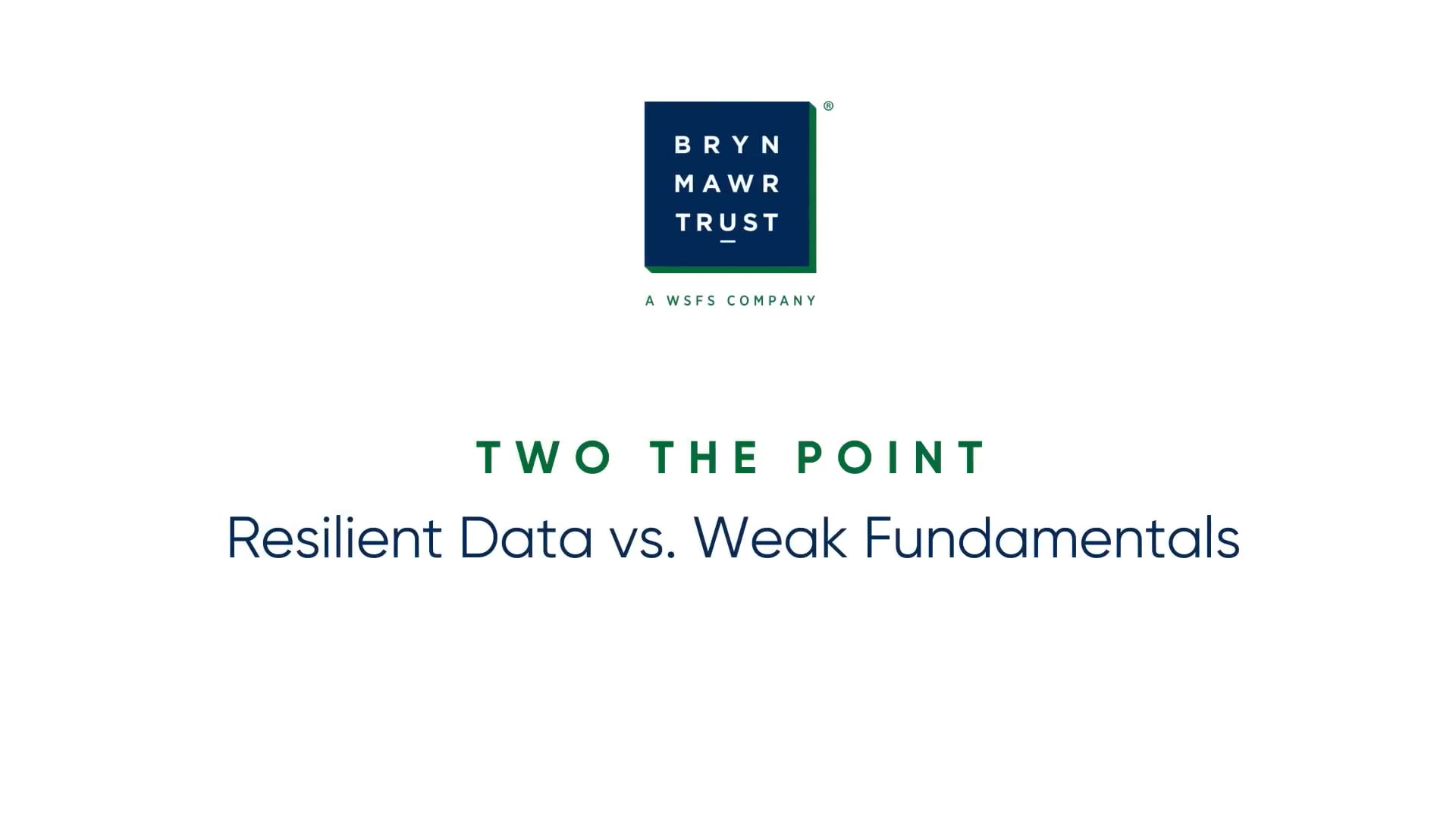As we settle into the new year, the U.S. economy shows signs of moderation after a robust 2024. While the labor market remains resilient, mixed signals across inflation and monetary policy suggest slower growth ahead, emphasizing the importance of a disciplined, long-term investment approach.
Key Insights:
- Economic Growth: U.S. real GDP growth in 2024 exceeded 3% at times but is expected to slow toward a 2% trend in early 2025, as suggested by fading Atlanta Fed tracking estimates.
- Labor Market: December nonfarm payrolls beat expectations with a gain of +256,000 jobs, reducing the unemployment rate to 4.1%. Notable job increases included healthcare (+46K), retail (+43K), and leisure/hospitality (+43K).
- Inflation Trends: December Producer Price Index (PPI) rose +0.2% month-over-month, below consensus (+0.3%). Final demand PPI for 2024 increased by 3.3%, with food prices contracting (-0.1%) and energy prices jumping (+3.5%).
- Monetary Policy: The Fed executed a “hawkish cut” in December and is expected to hold rates steady in January. Market pricing for the next rate cut has shifted to October 2025.
- Inflation Risks: Inflation tends to return in waves. Contractual factors, such as rents and labor deals, create a lagging impact, reinforcing the importance of monitoring supply shocks and structural shifts.
- Global Dynamics: Diverging global monetary policies have bolstered the U.S. dollar, but ongoing shifts in international growth and inflation dynamics may limit its strength moving forward.




